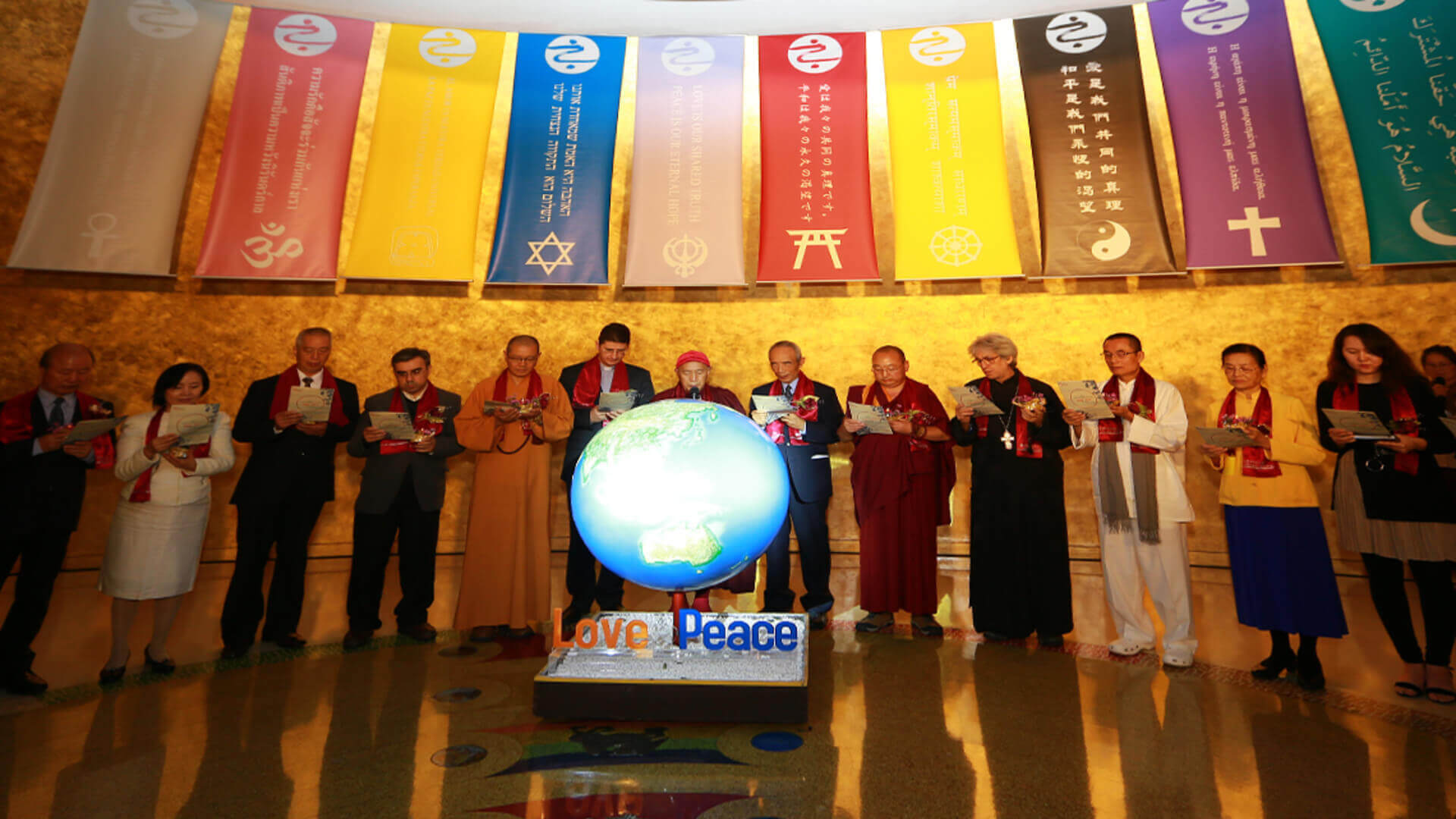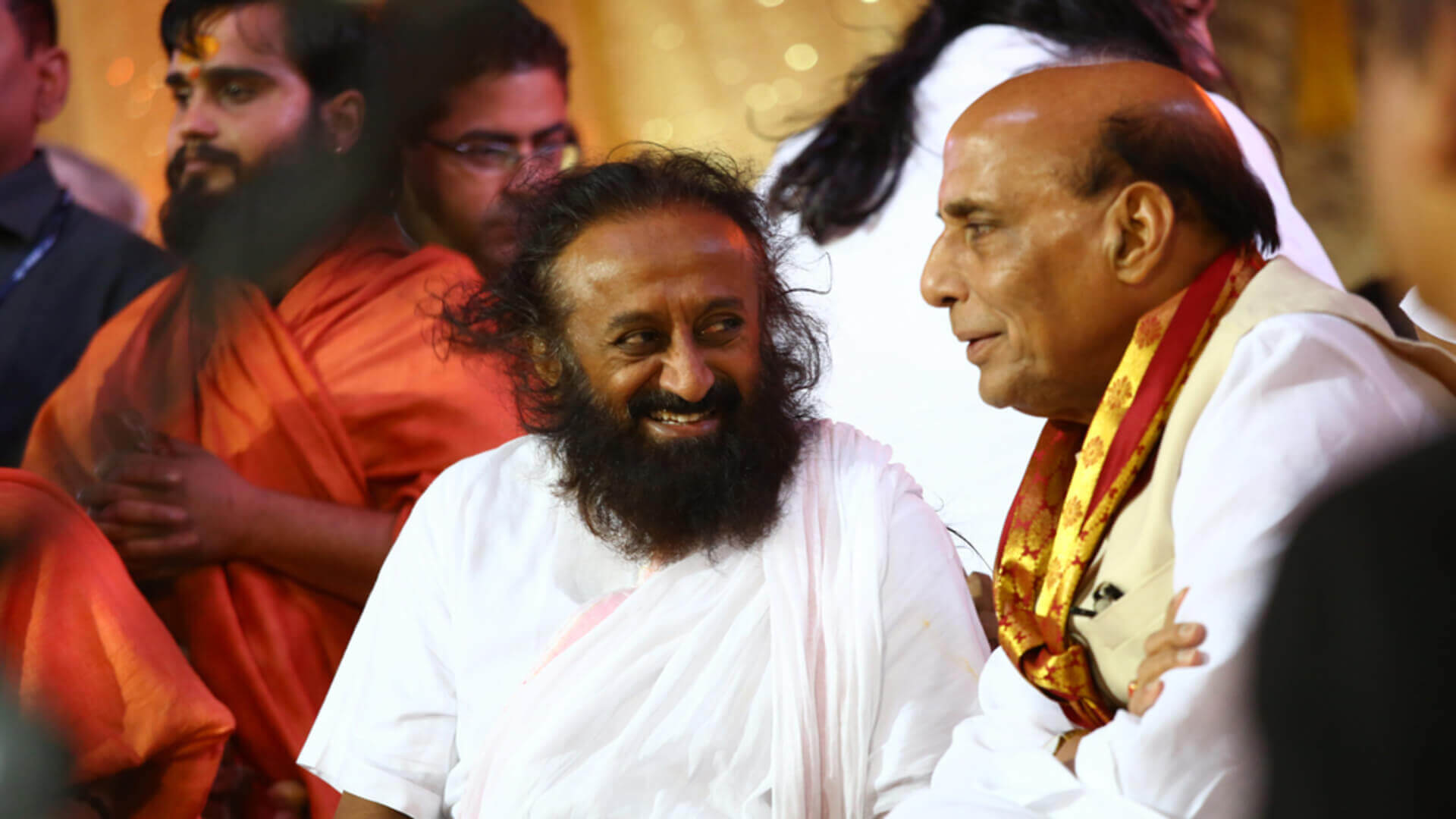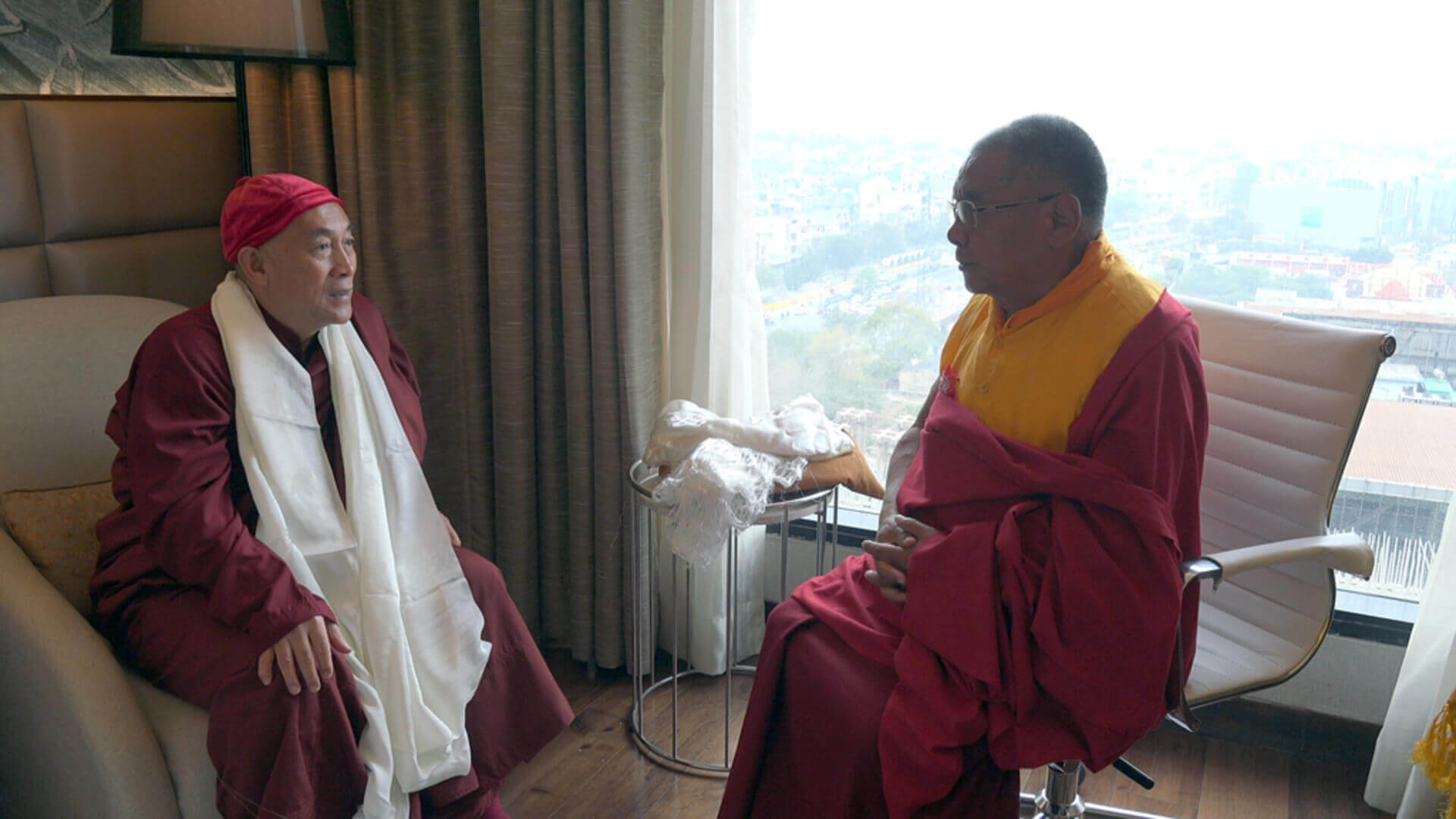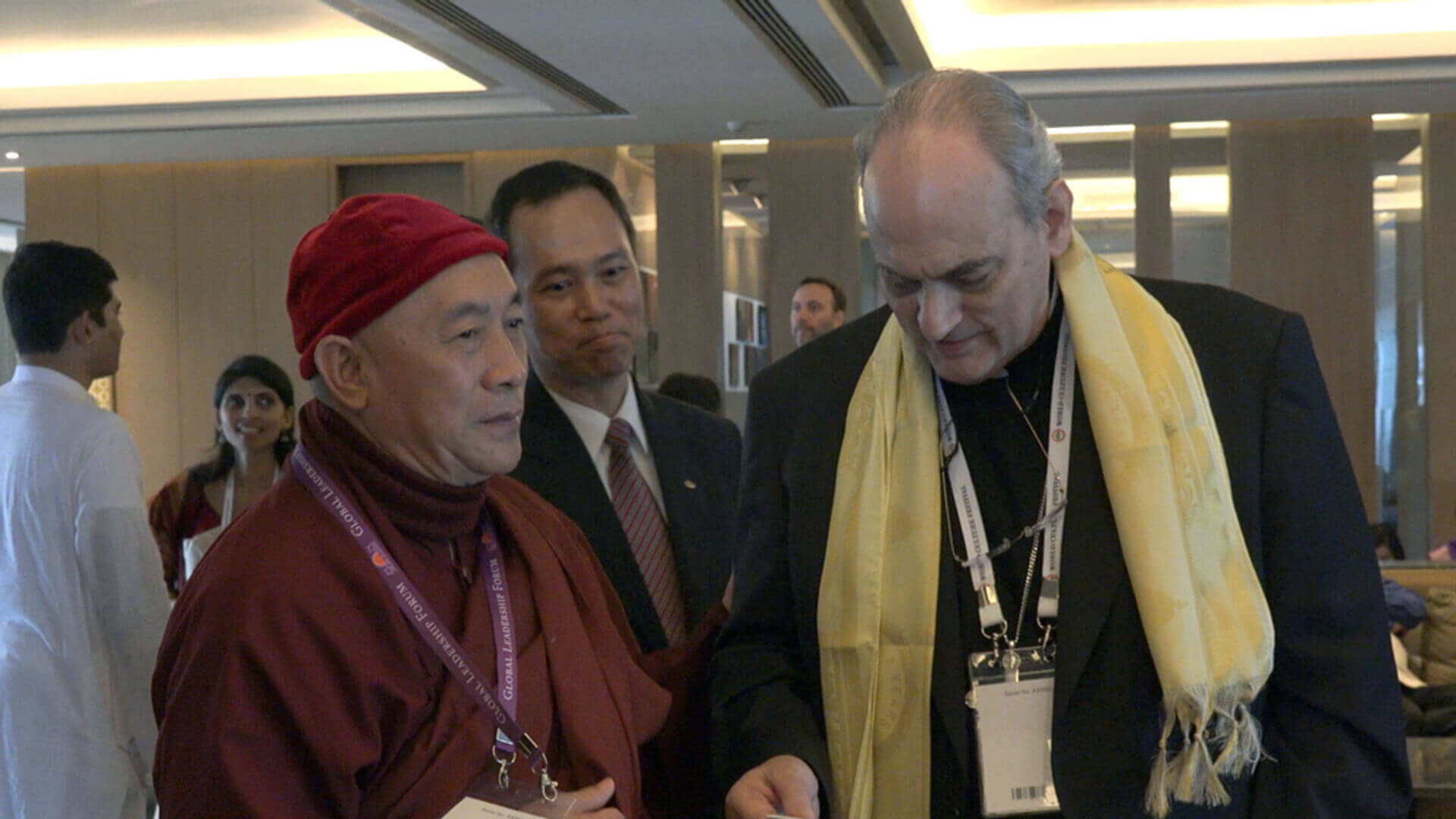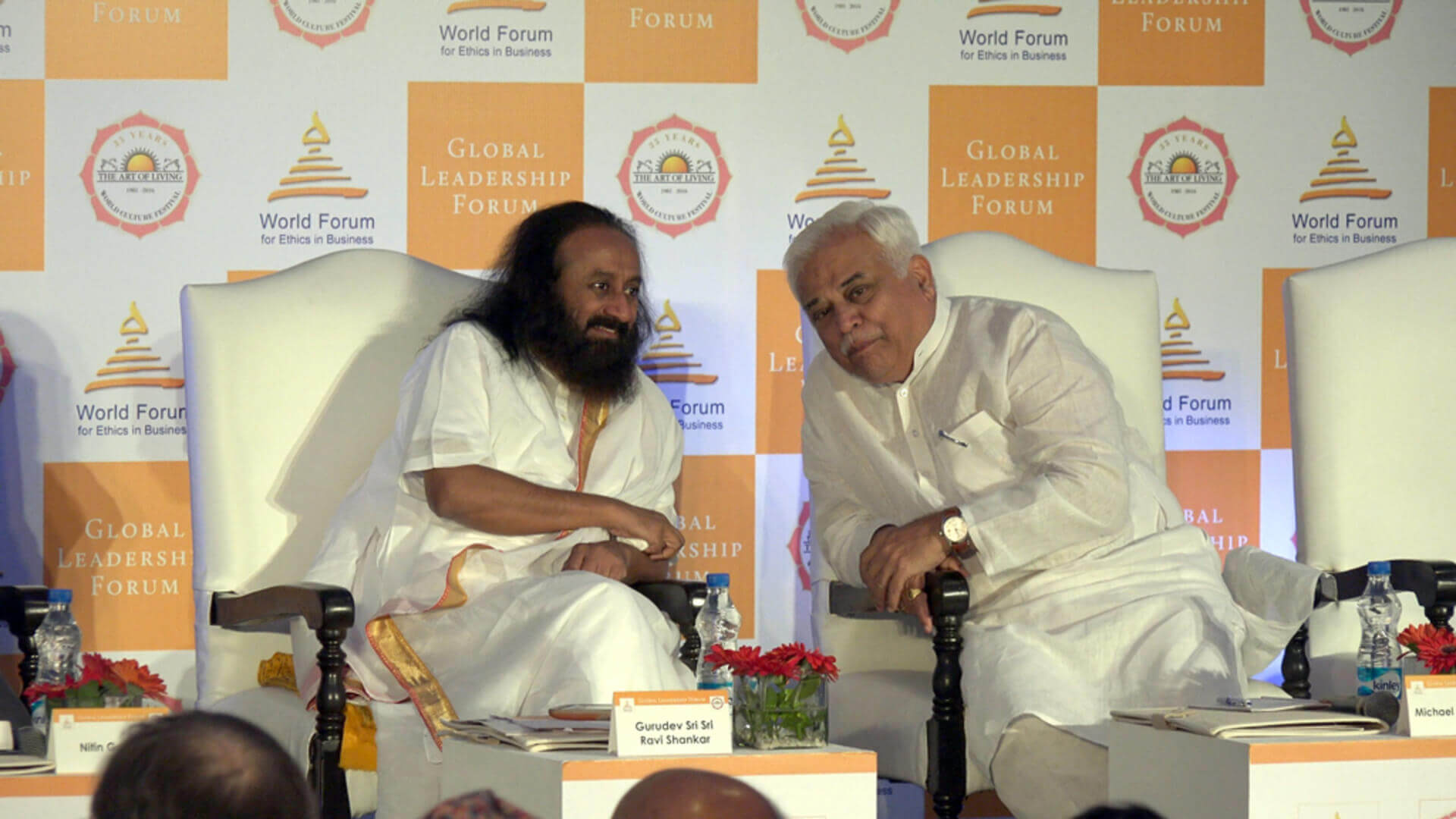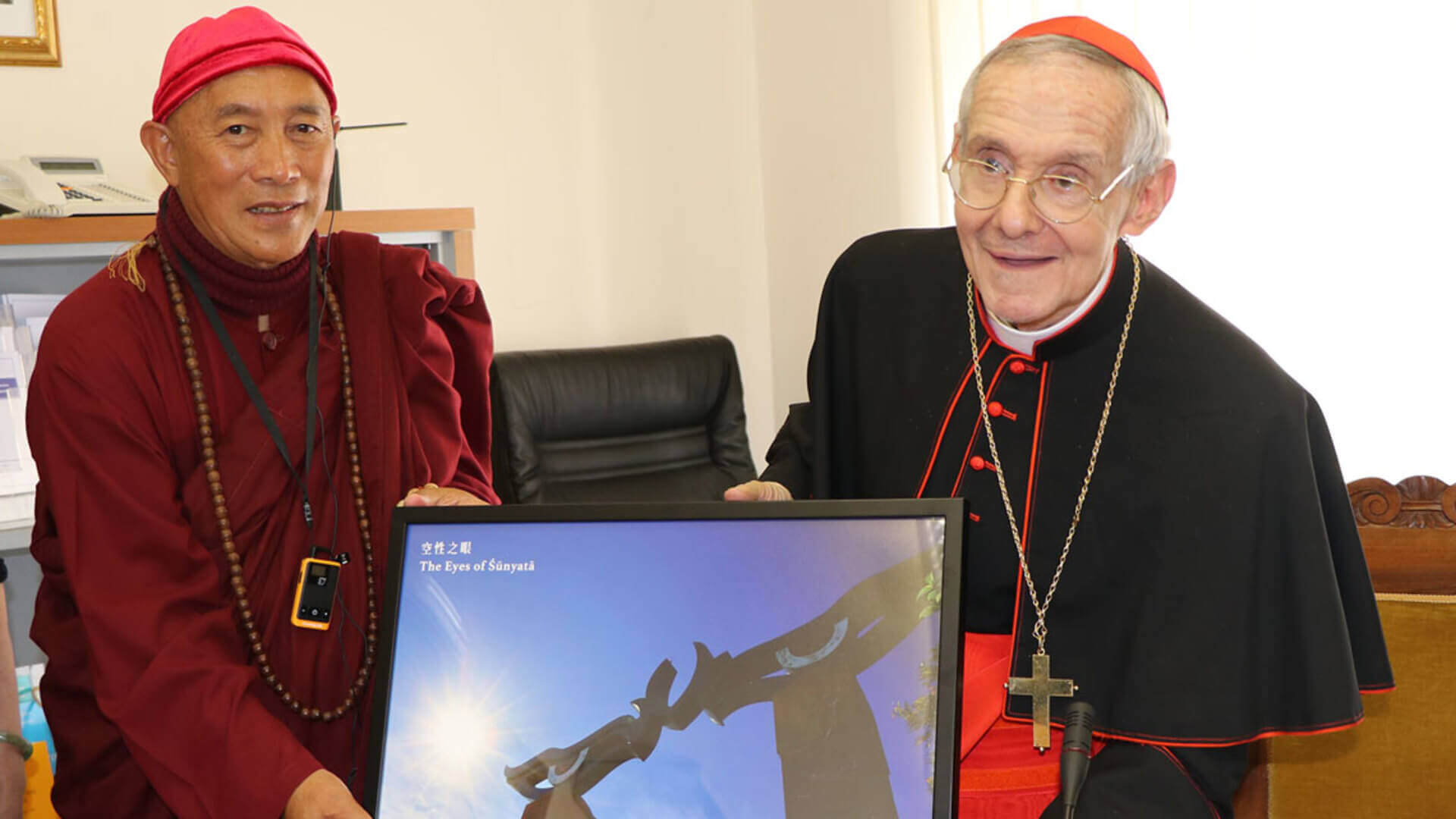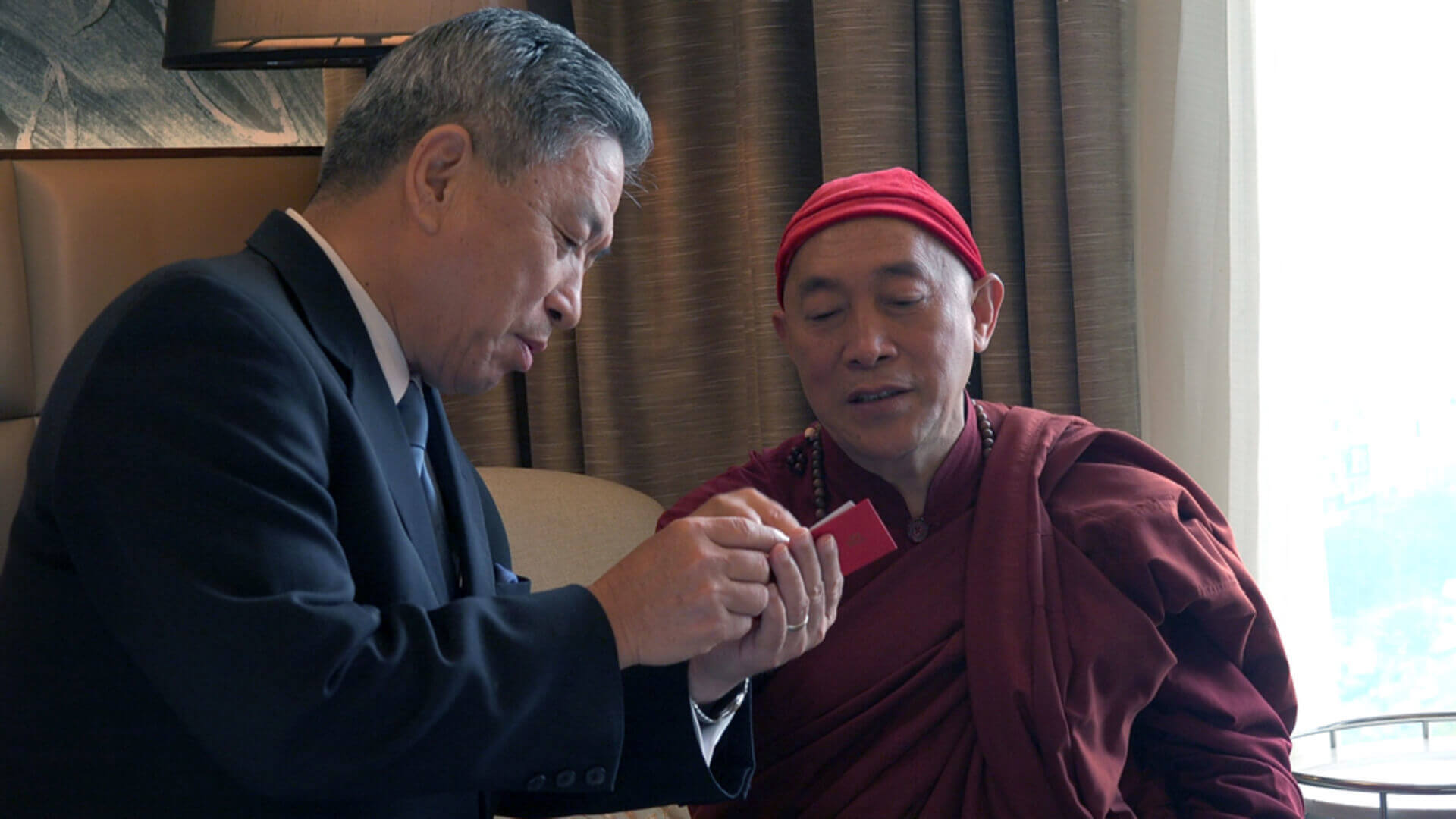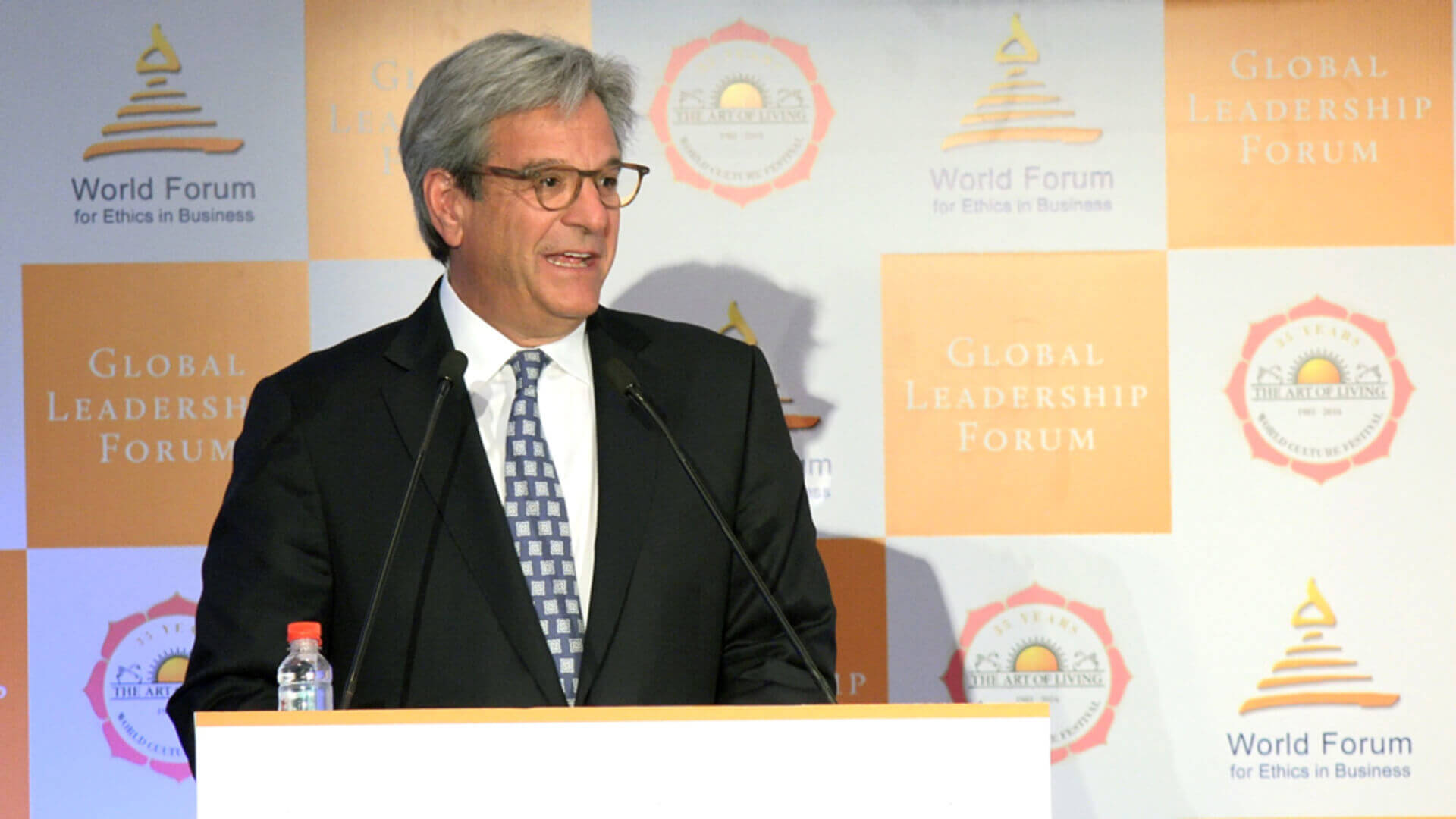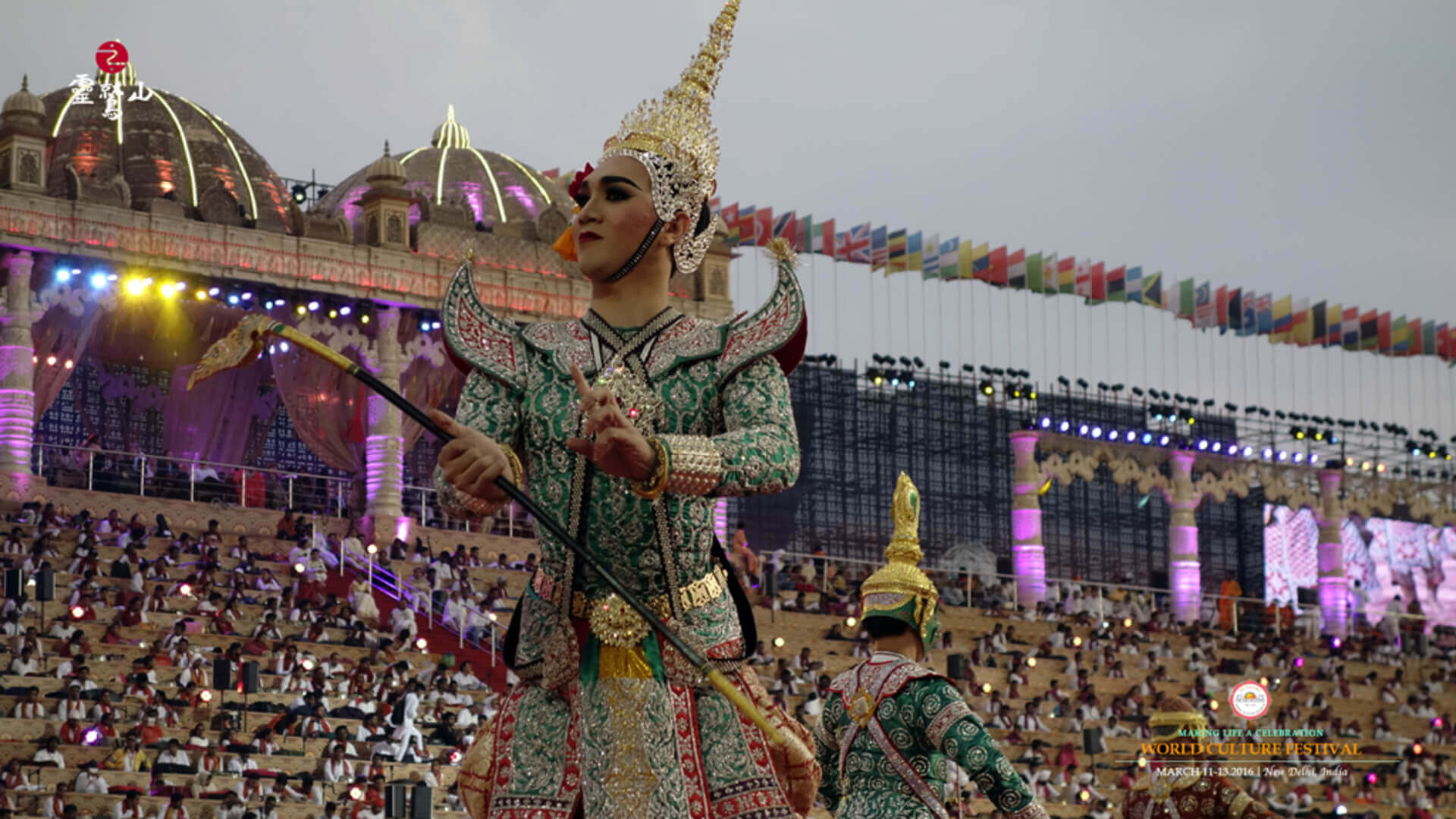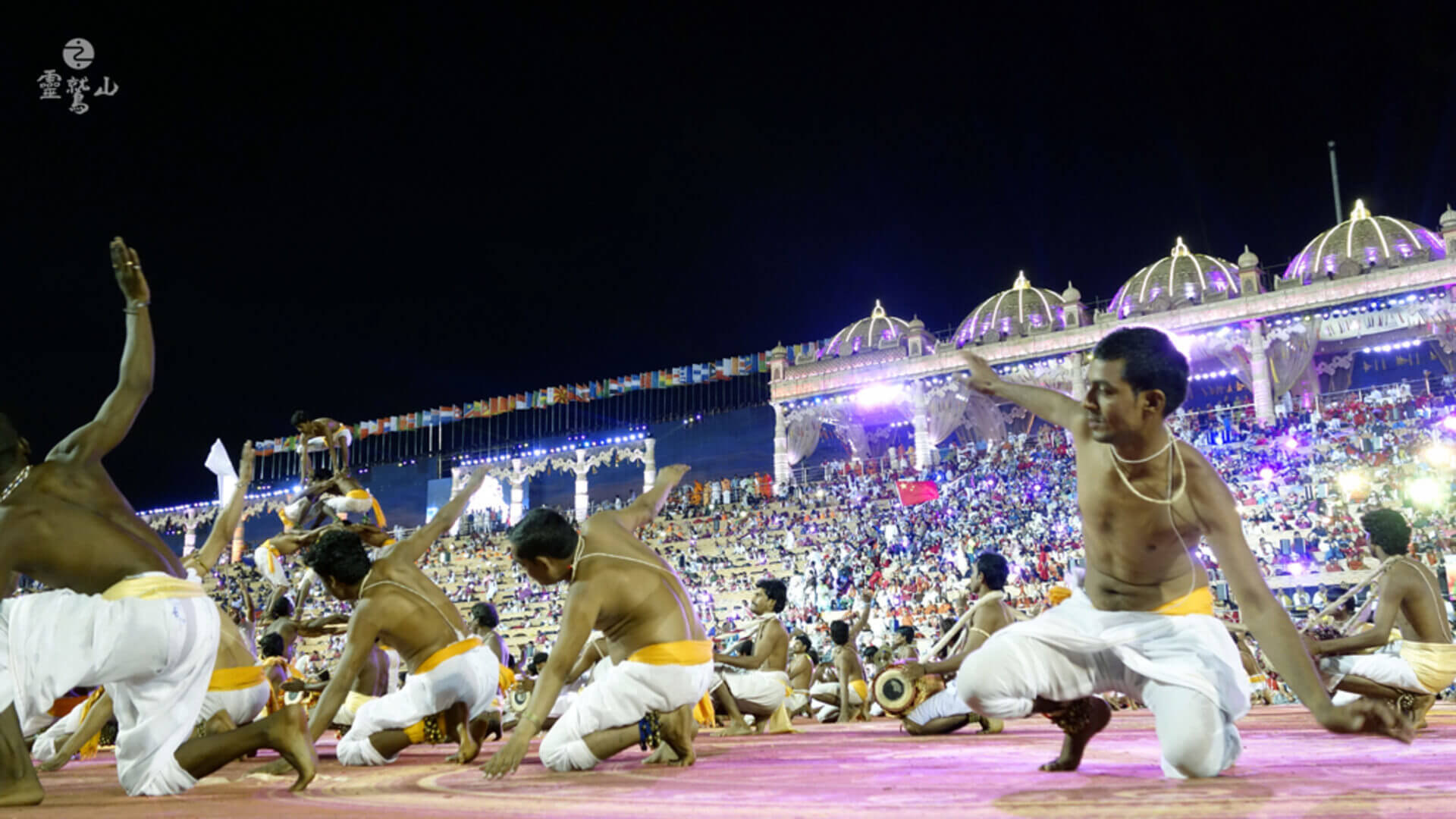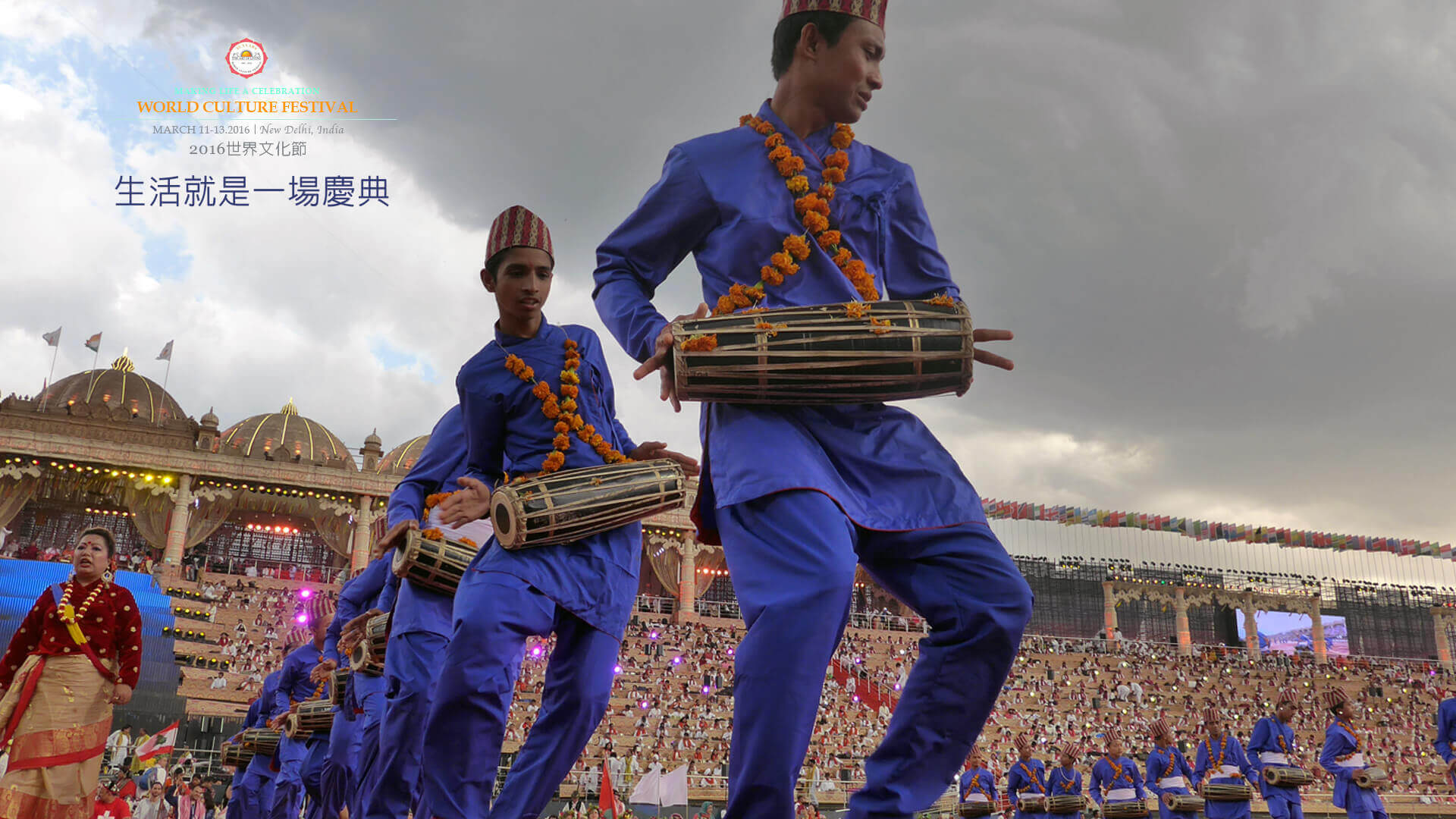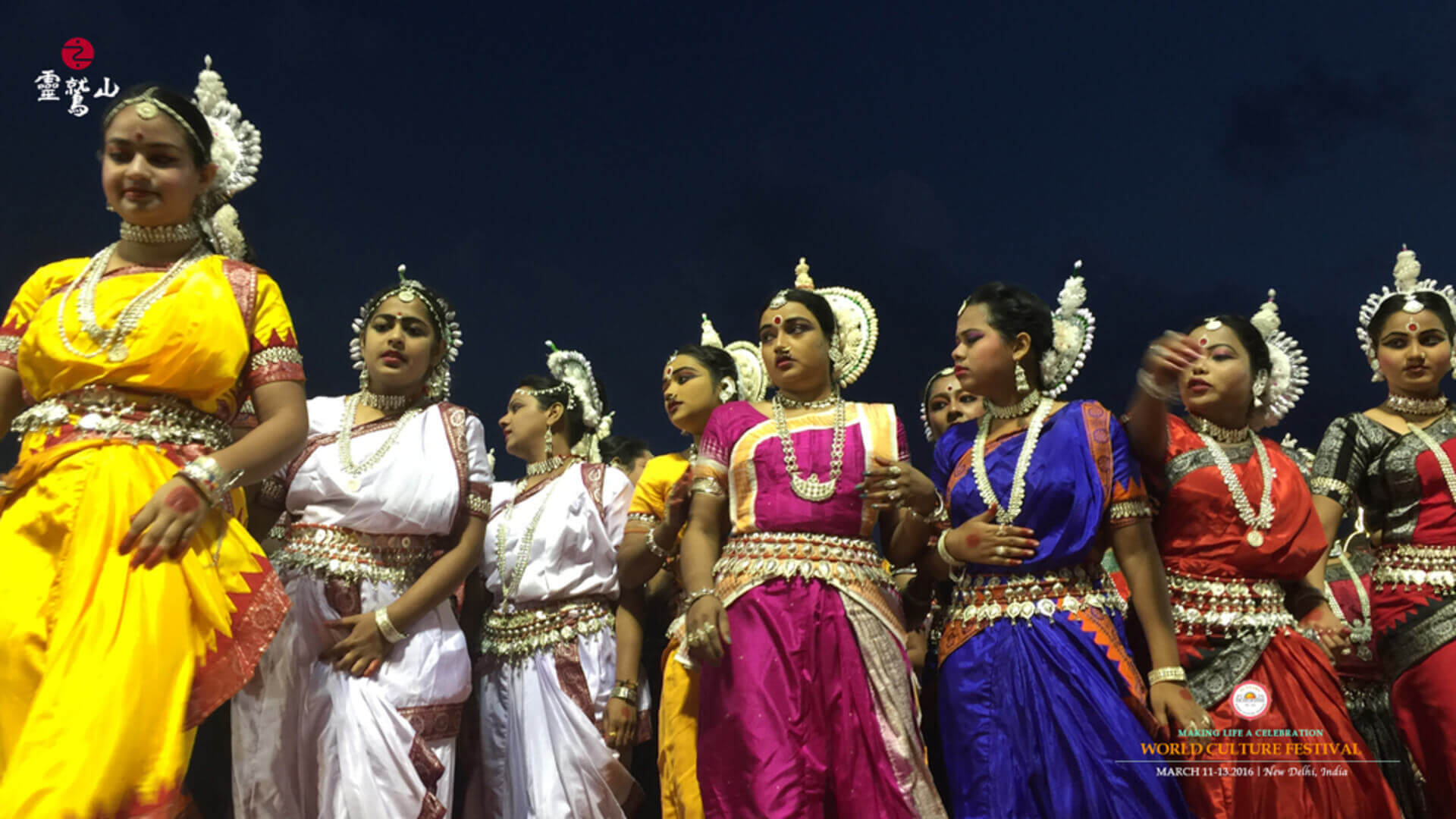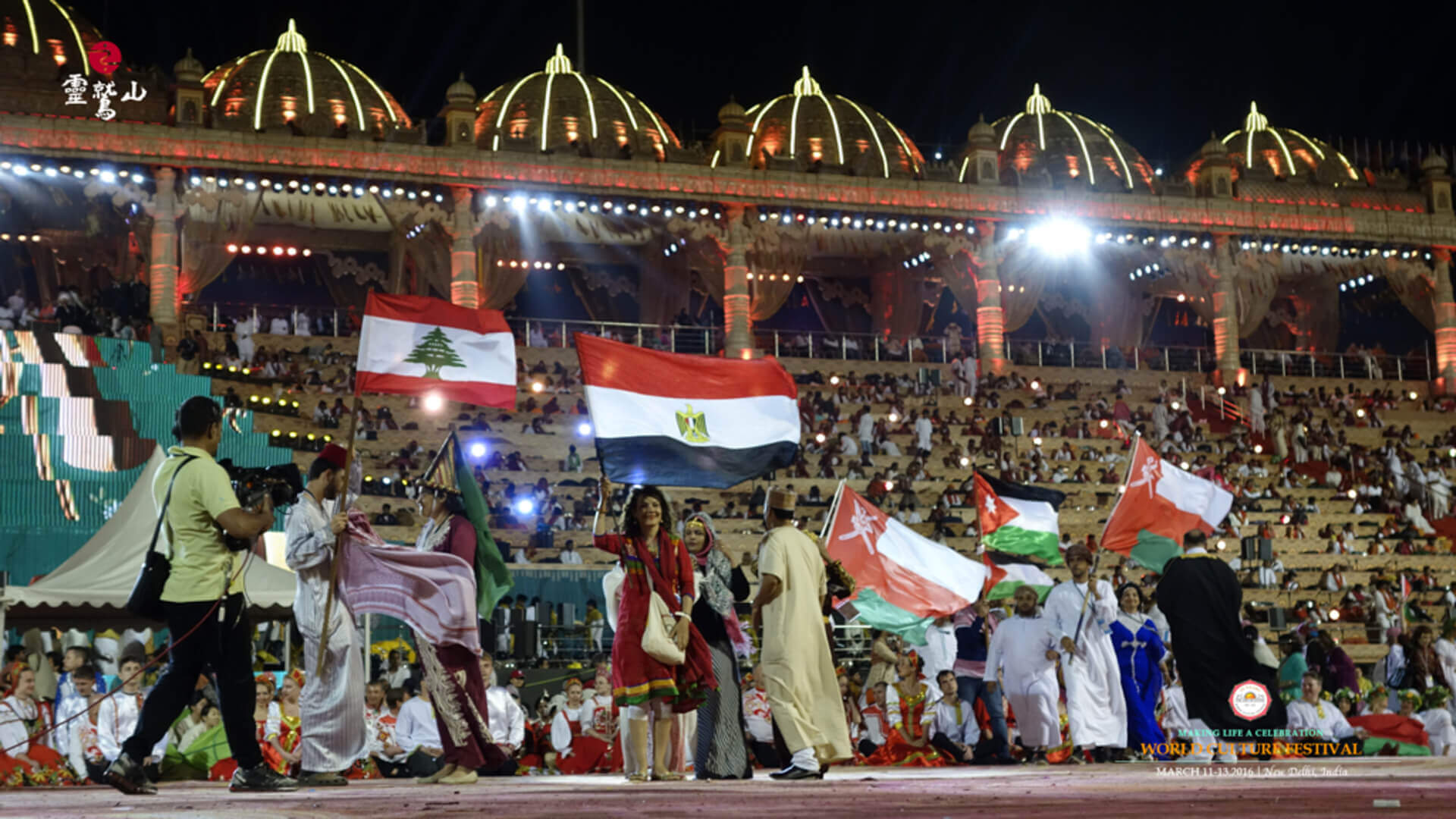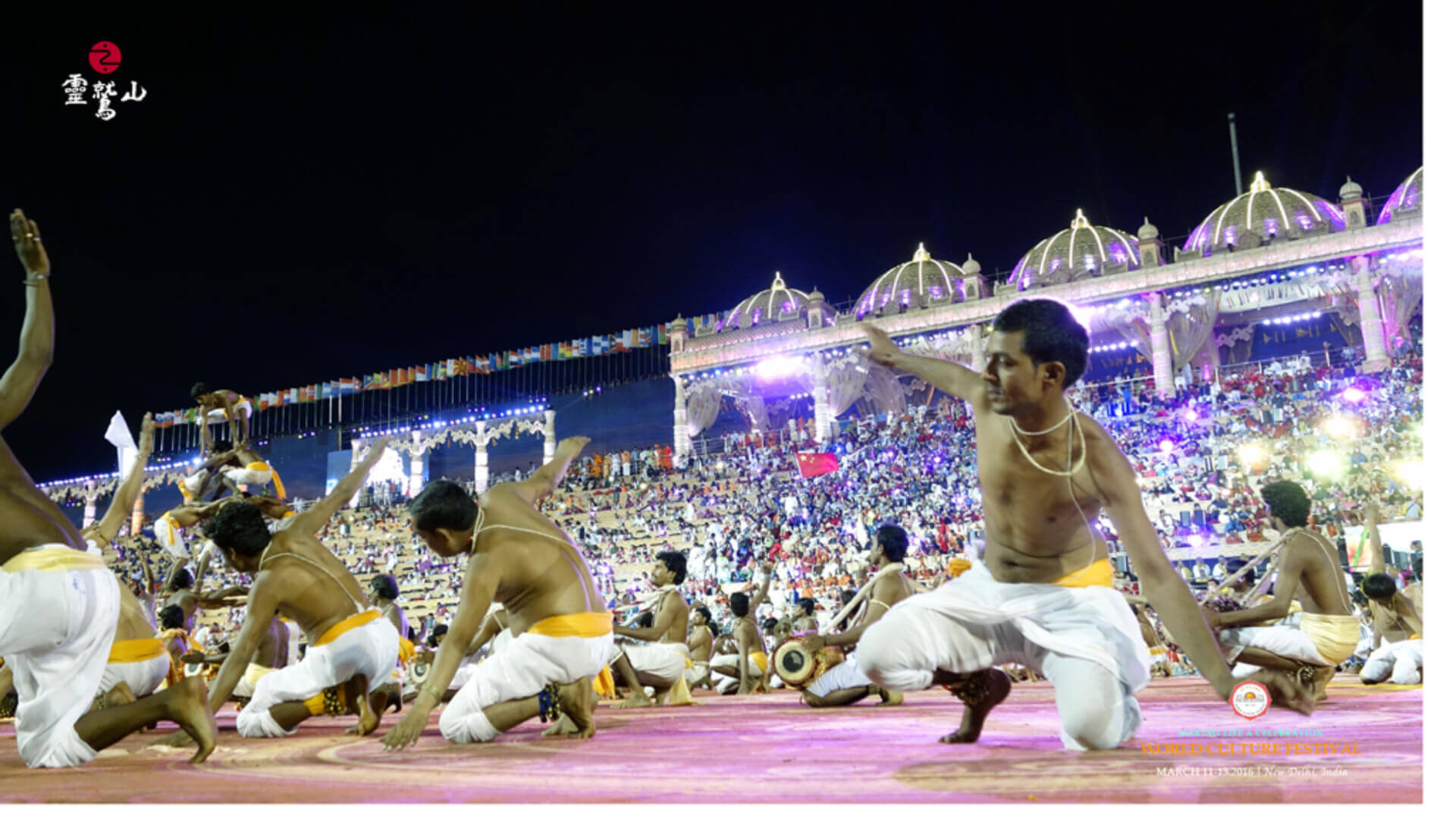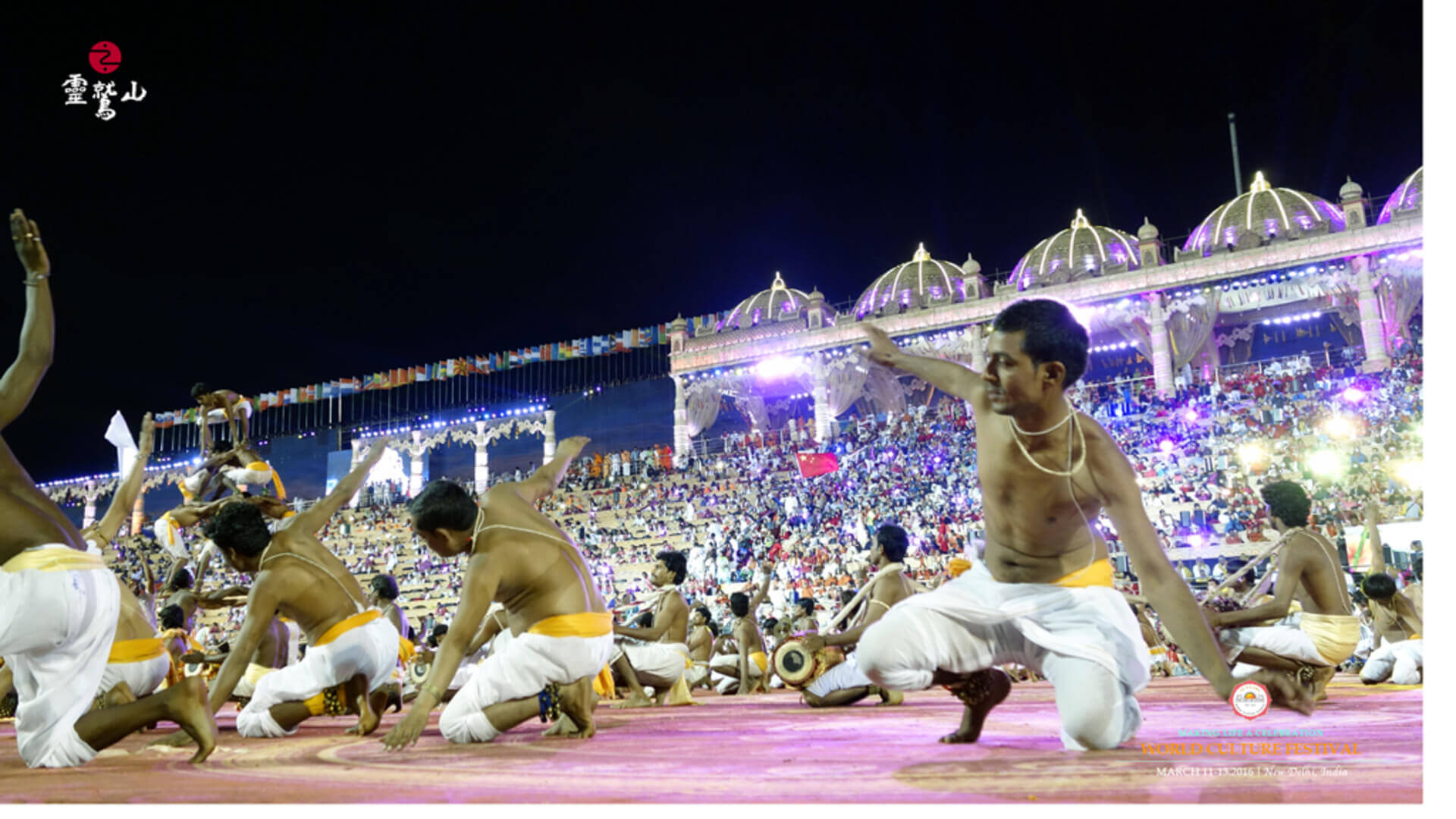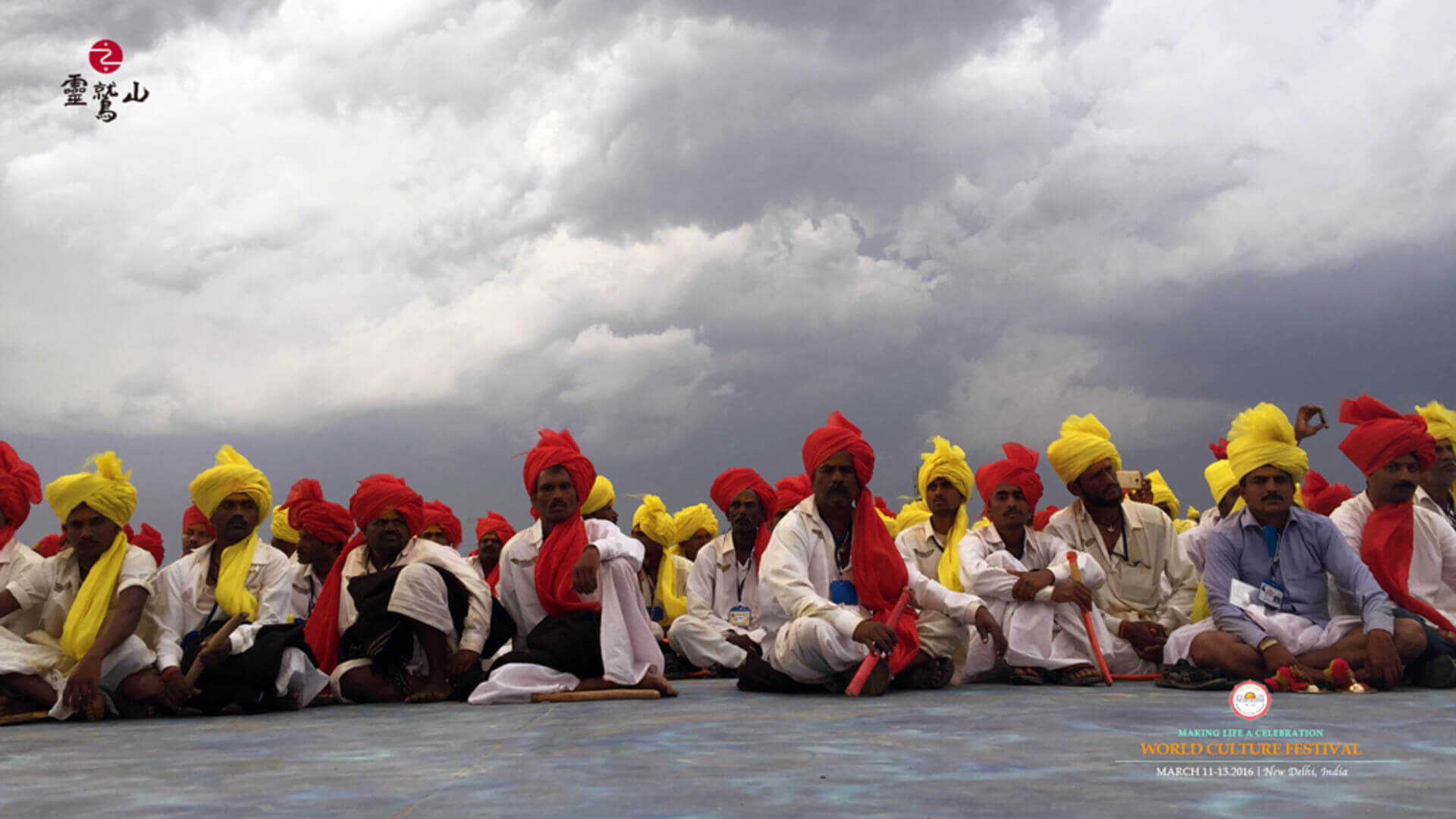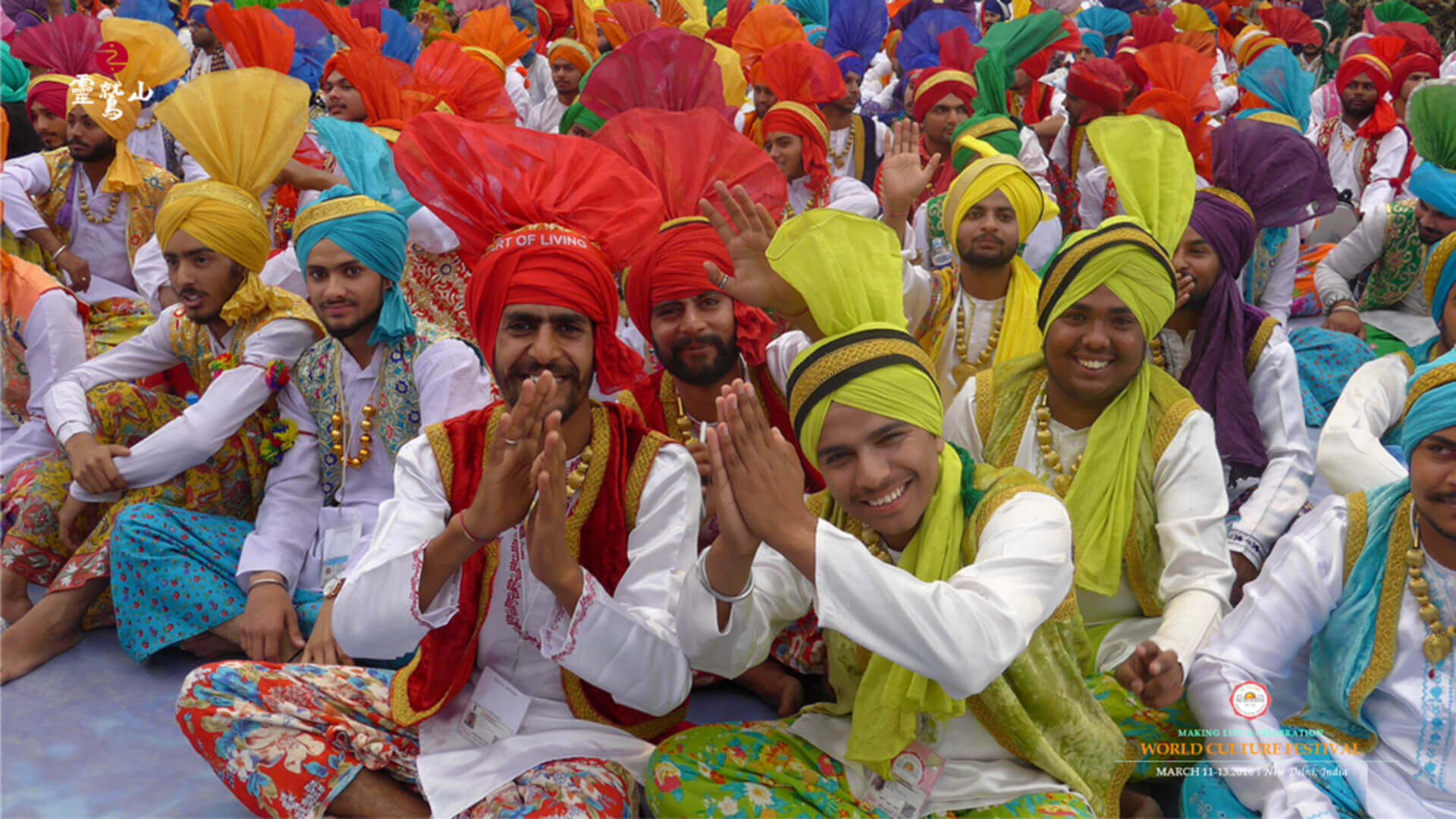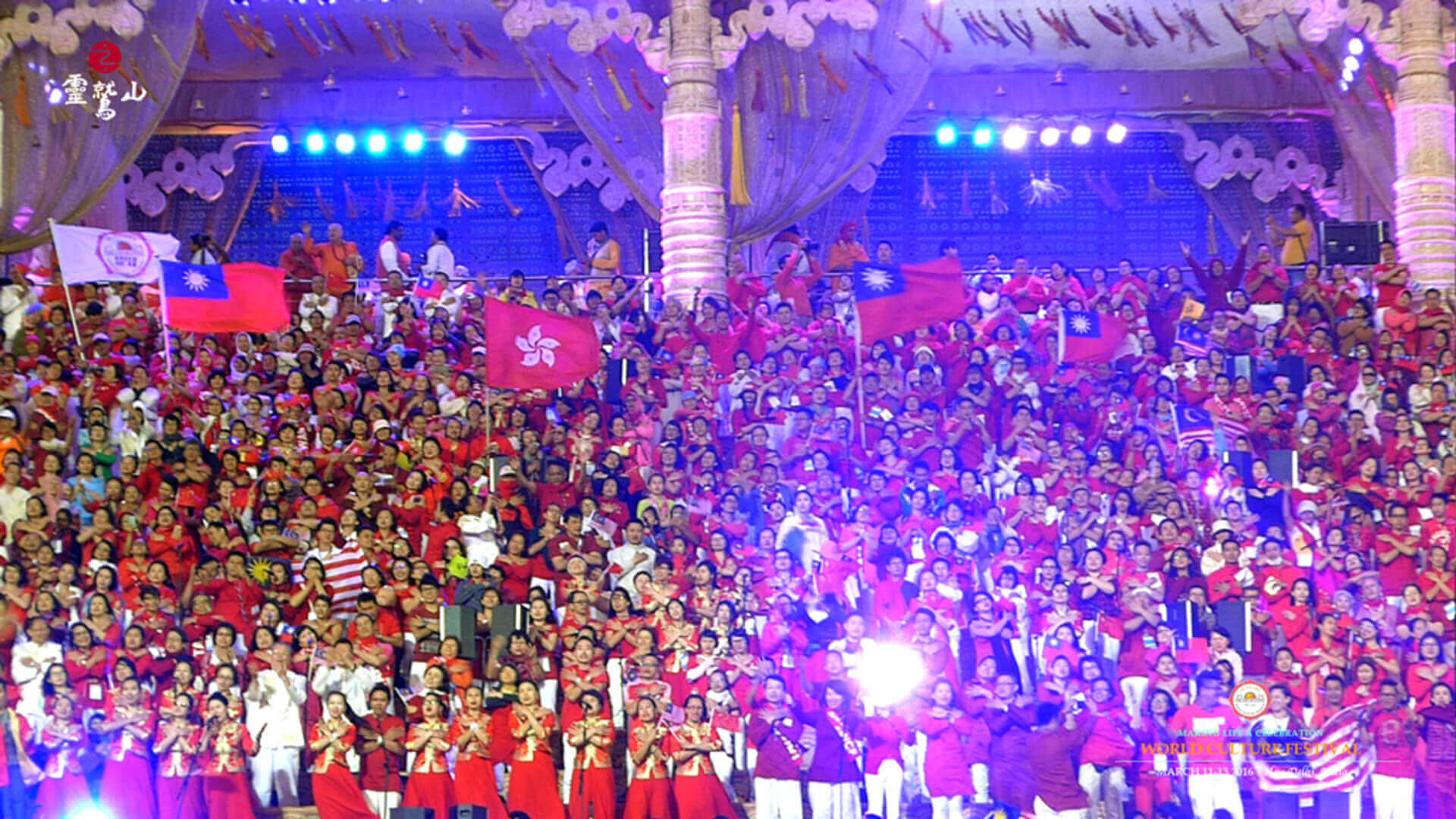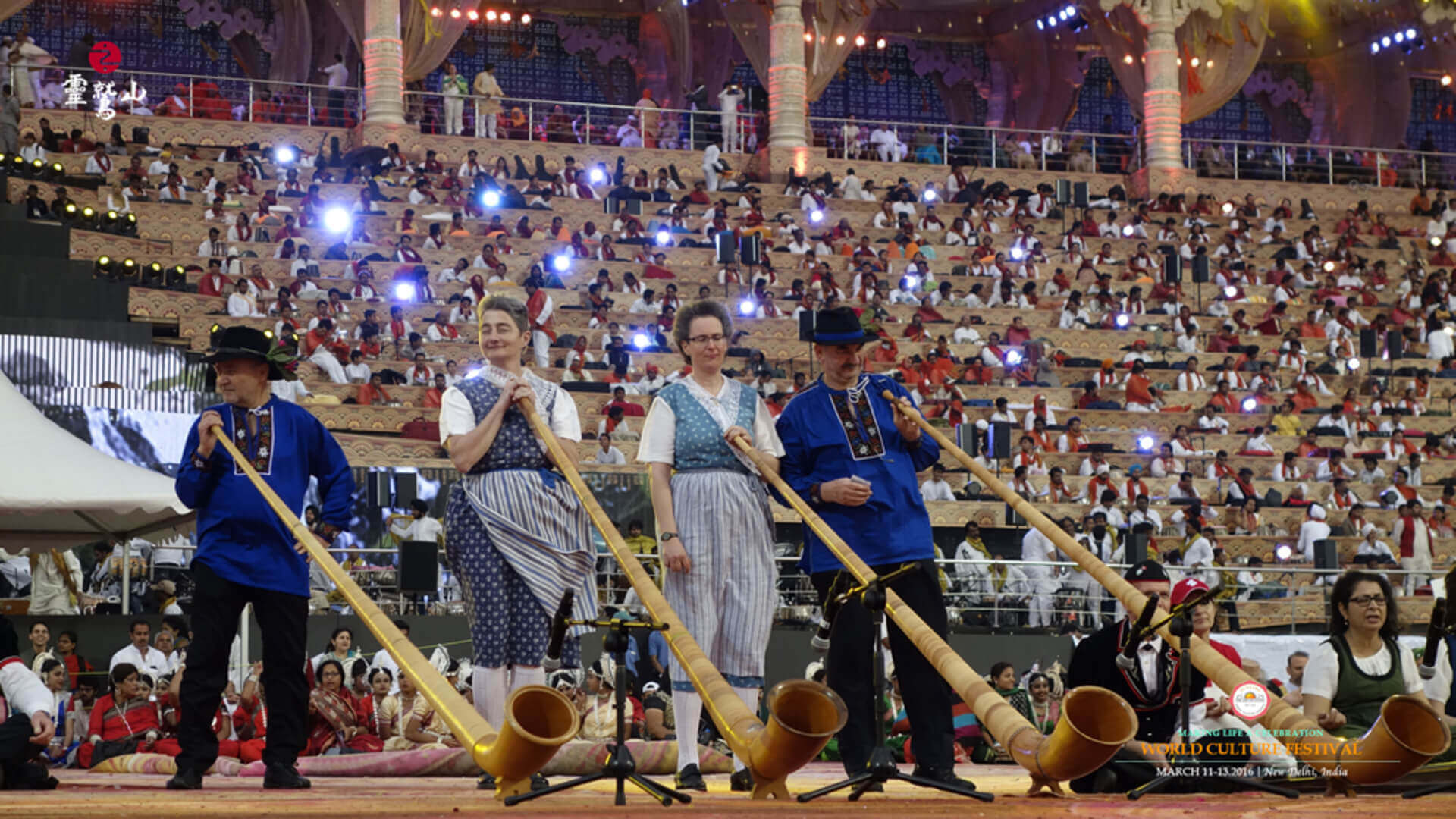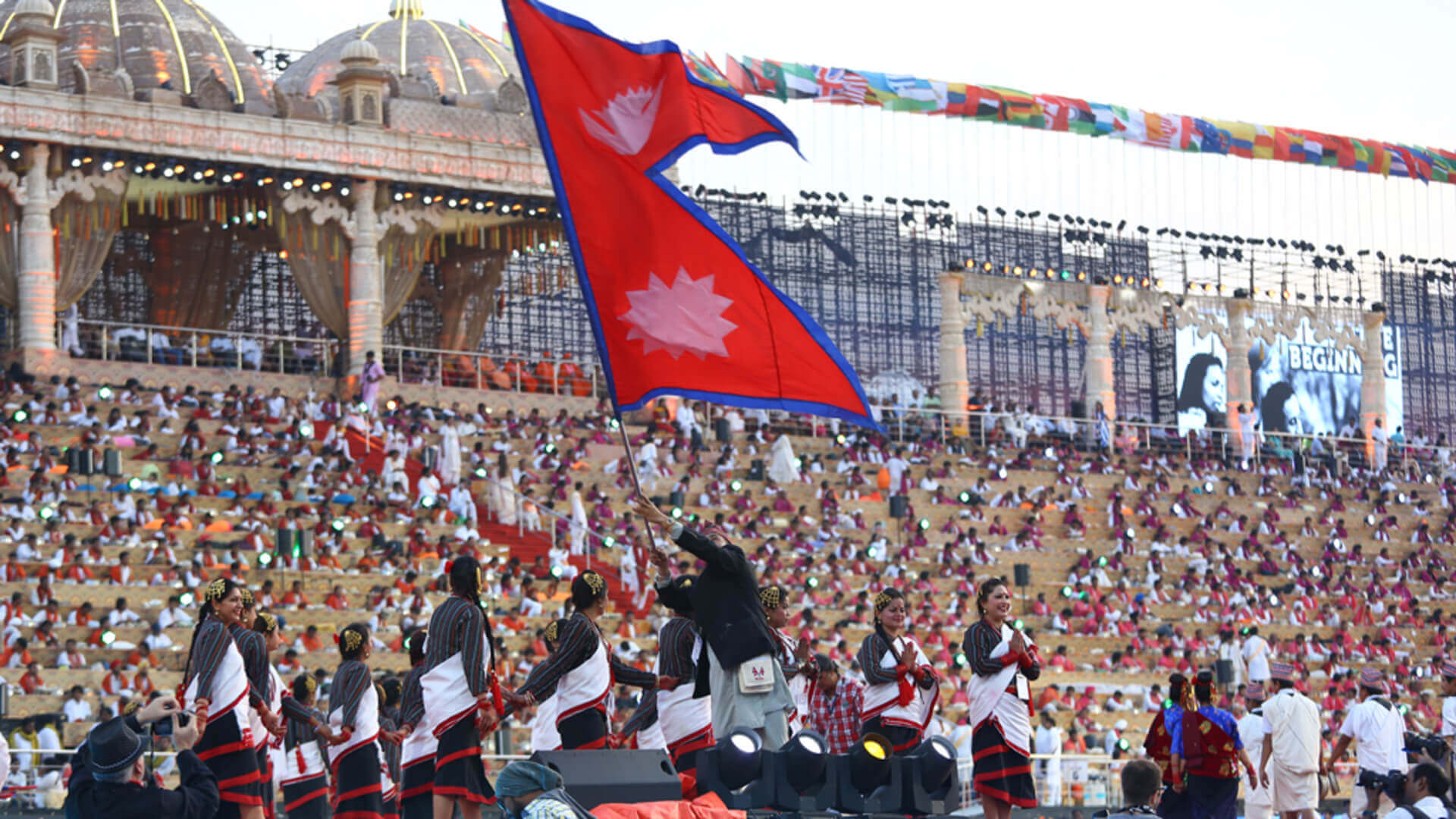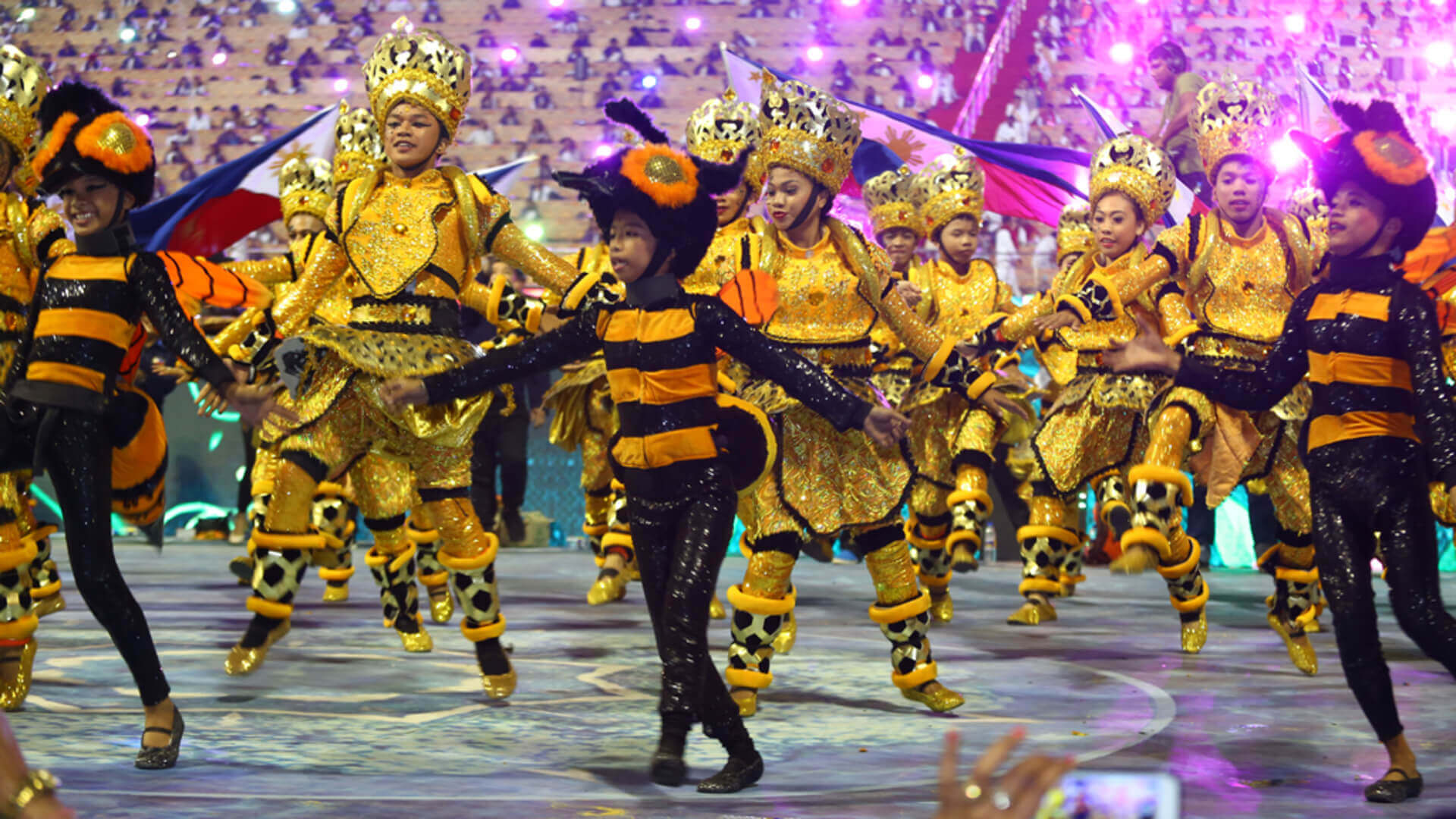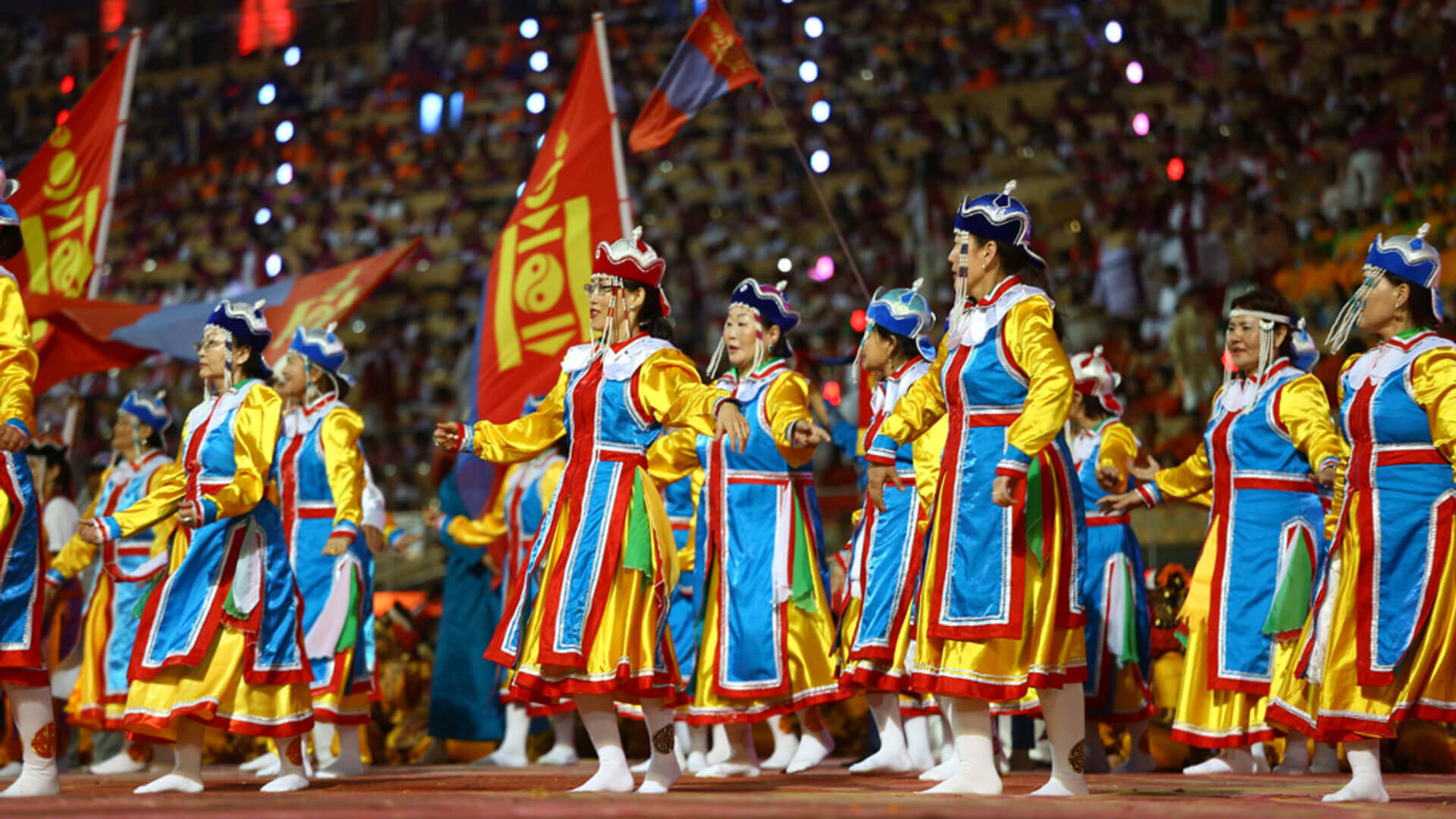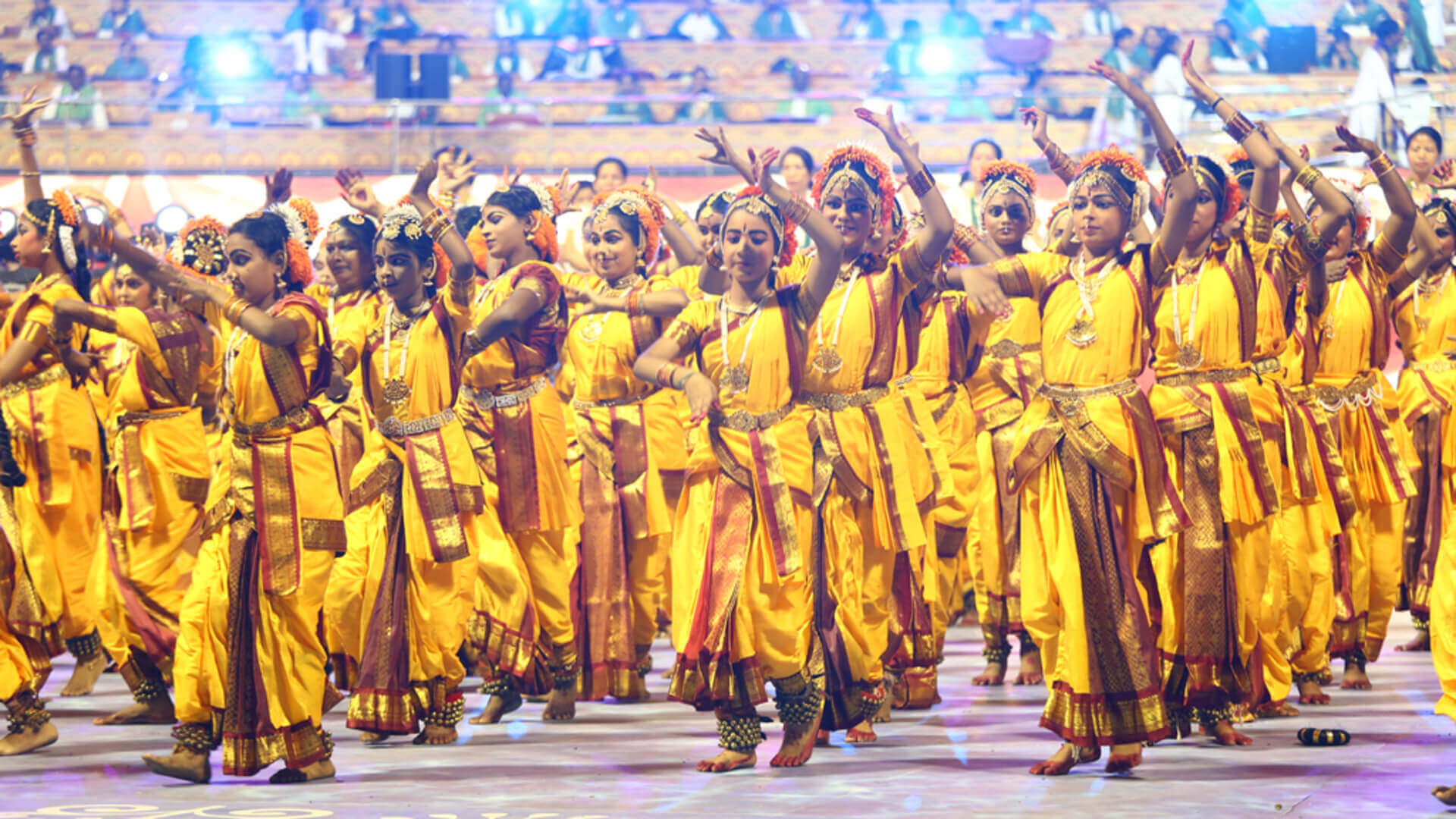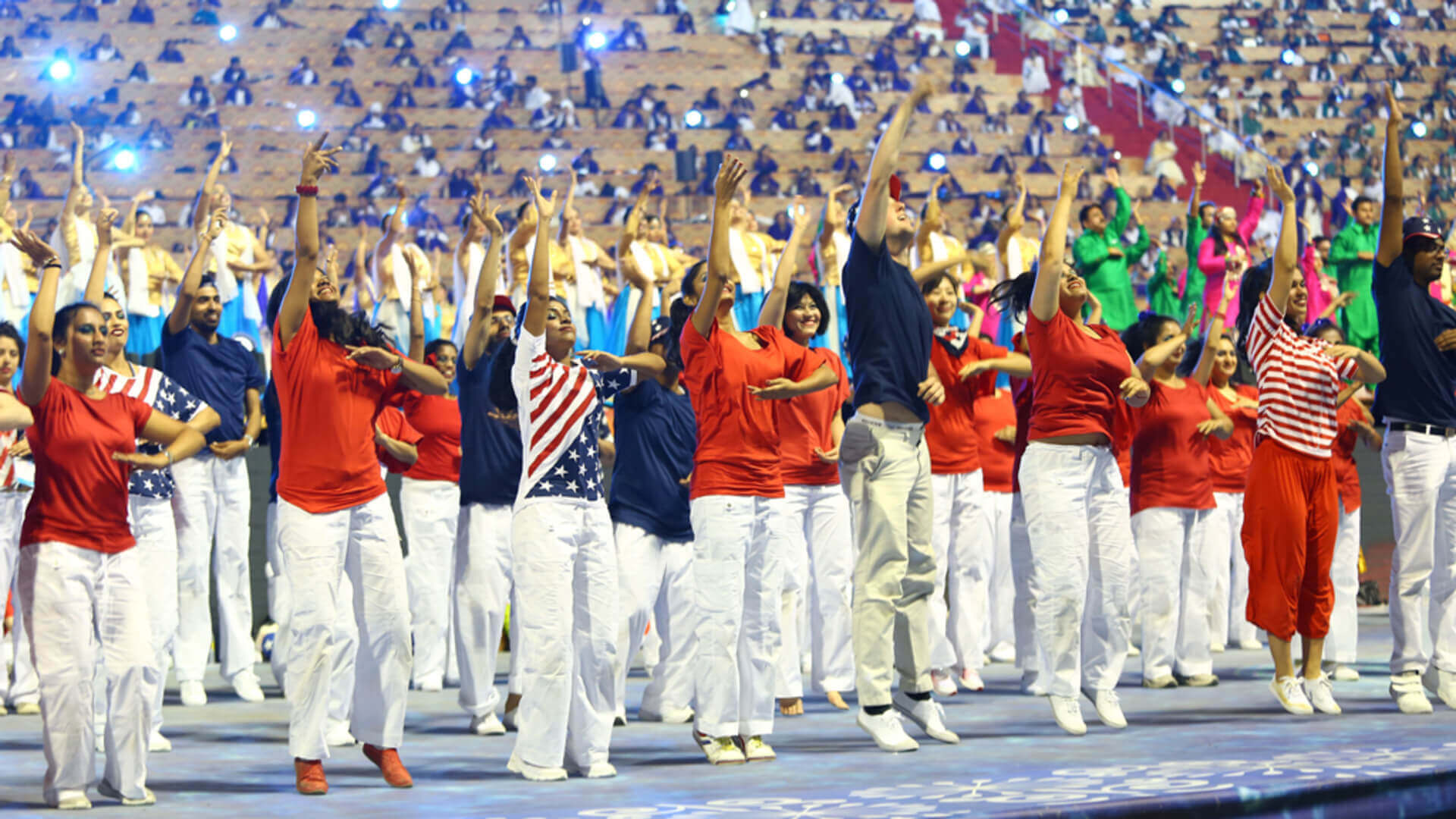Every religion ultimately serves a similar end purpose, namely, every faith pursues ways to transcend our spirituality towards truth and embody our mindfulness in love and devotion. In the face of catastrophic disasters ensuing from climate change and irrevocable damages inflicted upon our ecology, the humankind must transform our love and benevolence for sentient beings into concrete deeds that warrant sustainability for the Earth.
Master Hsin Tao firmly believes that the ideal “Love the Earth / Love Peace” of his global campaign can always gain solid traction when interreligious dialogue succeeds in facilitating true understanding of one another, as well as when the vision of diversified symbiosis gets to become a common calling for the humankind and the Earth to become one interdependent life community. Therefore, Master Hsin Tao stays strongly committed to interreligious exchange activities, and his track records include the launch of the world’s first-ever Museum of World Religions (WMR) in 2001, the consistent dedication to organizing Buddhist-Muslim dialogues for the last 10-plus years, the invitation to the 6th CPWR (Council for a Parliment of the World’s Religions) in 2015, the participation in the “Spirit of Humanity Forum” in Iceland, and in the “International Forum on Buddhism” in India, etc. The Master’s involvement facilitates the enhancement of interfaith understanding and mutual assistance, and often finds expression in formal joint communique on religious harmony and environmental protection in the hope that religious power will awaken our innate spiritual tranquility.
Furthermore, the Ling Jiou Mountain (LJM) Buddhist Society in its interreligious exchange activities often connects via its related undertaking to reflect the LJM vision of a harmonious co-existence between the humankind and the Earth. One obvious example is how its Museum of World Religions functions as a platform for interfaith exchange and dialogue. Another example is how the Earth’s sustainability and the Dharma heritage will be seeds of education for the future Univeristy for Life and Peace being planned for Myanmar. Both cases earn well-deserved international recognition for the Master’s dedication and achievement.
For a very long time now the LJM Buddhist Society has been adhering to missions derived from pro-active policies of interreligious exchange and dialogue. For which there has always been international recognition, and in parallel, it positively impacts the continued development of relevant LJM undertakings along the way. Master Hsin Tao and Pope Francis met for the first time in Vatican in 2017, and conducted in-depth conversation about a project that is widely supported and much welcomed, namely the future University for Life and Peace planned for Lashio in Myanmar with Cardinal Jean-Louis Tauran, President of the Pontifical Council of Interreligious Dialogue (PCID).
Ever since embarking on the journey, Master Hsin Tao makes it personal to lead by example in going the route of interreligious dialogue and exchange to abolish prejudice and confrontation, to wish upon a world devoid of disasters, calamities, and wars, and to pursue the goal of “Love and Peace / The Whole World as One Family”. Taking for his mission the vow to ‘carry and pass on the heritage of all Dharmas and benefit all sentient beings’, the Master promotes life education and places emphasis on a balance between ecology and environmental protection to help heal a severely battered Mother Earth, so that the humankind can finally become the friendliest residents of our planet.
Riding on his farsight from a mind-purifying religious stance, Master Hsin Tao has expanded the vision to encompass ideals of world peace and environmental protection as coined in the campaign tagline ‘Love the Earth / Love Peace’. Let us present to you how LJM has been traveling afar in an on-going quest for peace with a footprint in all five continents. Our lens will hopefully help lower our opinionated guard against other religions, and instead accommodate in our heart cultural differences towards appreciating how they must have arisen, and finally, the longing for “Love and Peace / The Whole World as One Family”.
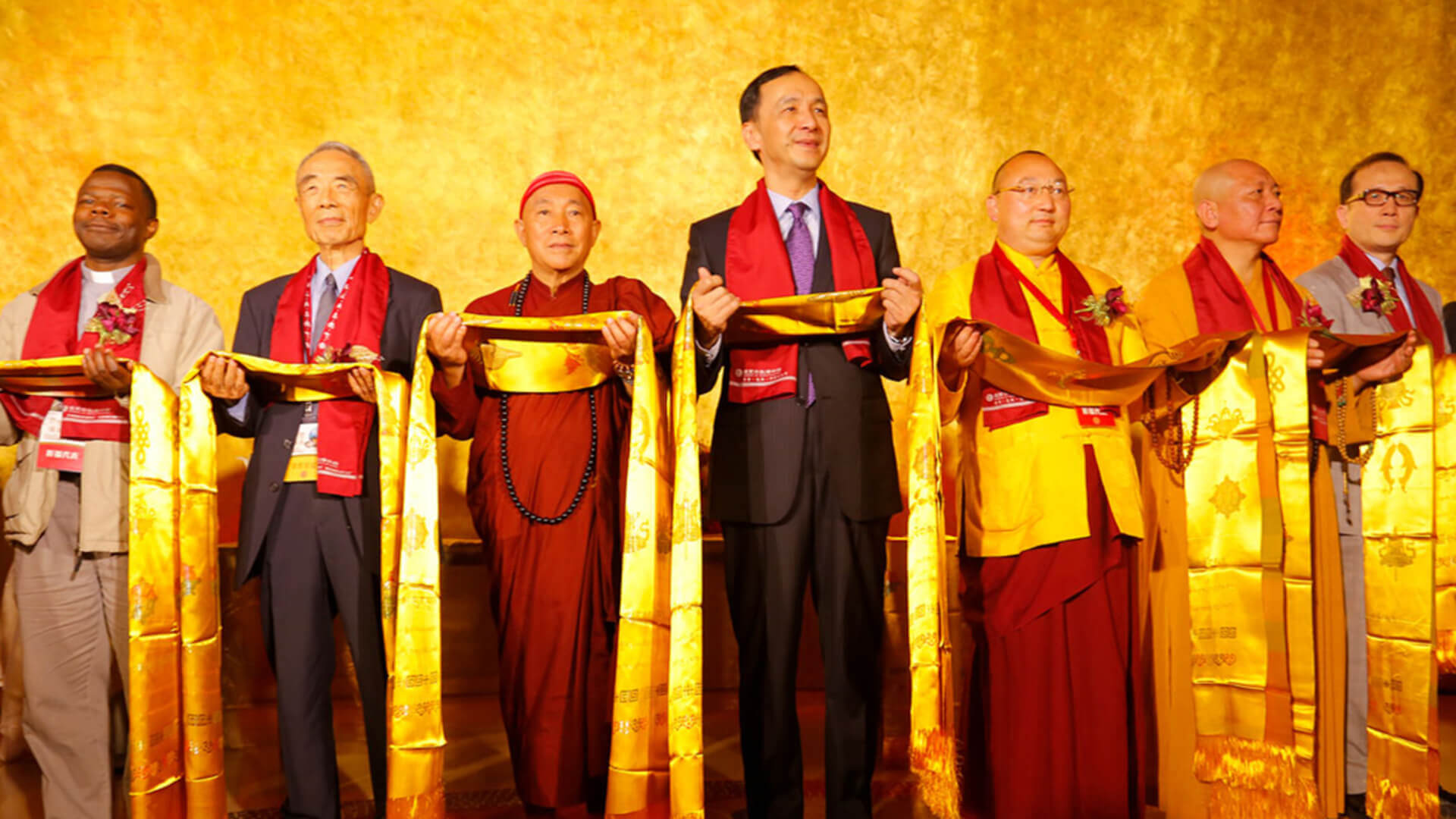
The MWR Spring Prayer Ceremony
Based on the ideal of ‘Love and Peace’ and early every year since 2012, the Museum of World Relgions (MWR) has always extended invitations on behalf of its Founder, Ven. Chan Master Hsin Tao, also the Founding Abbot of the Ling Jiou Mountain (LJM) Buddhist Society and the LJM Monasteries, to leaders of different religions to join in the Spring Prayer Ceremony and pray for the humankind and world peace.
On the very first such occasion, the MWR co-ordinated different religious organizations in Taiwan to co-host the 2012 Spring Prayer Ceremony with the theme “Guard the World for a Peaceful Earth” to appeal to the general public. It was advocated for the people to join the ritual prayers and spiritual practice so that the energy of peace can expand to cover all sentient beings and dissolve crisis to protect the Earth for a safe world devoid of catastrophe. Similarly, themes from the Spring Prayer Ceremony of other years have also been regarded respectably meaningful, such as “Spring Prayer Ceremony with Religions of the World for our Leaping Era” (2014), and “Global Interreligious Spring Prayer Ceremony Towards Love & Peace for a Global Family” (2016), etc.
During event period, people are invited to join the twin-campaign “Million Mudras in Praying for Peace” and the “One Minute of Peace Prayer a Day”, in order that our peaceful state of mind will send elements of tranquility to imbue those around us, so that ‘Love & Peace for a Global Family’ can eventually become a reality.
The theme of “Loving the Earth / Loving Peace” was central to the 2017 Interrelgious Spring Prayer Ceremony. Although expressed in different religious terms and praying rituals, wishes and blessings of the most sincere kind were offered from the heart to jumpstart the 2017 campaign of “Loving the Earth / Loving Peace”. Worth mentioning is the fact that the Spring Prayer Ceremony organized by the MWR has already established itself as an annual festival for the religious circles and beyond, which is also one of Master Hsin Tao’s conduits of positive energy dedicated to prayers for the Earth’s sustainability.
We hereby invite you to join us each year at the peak of the Spring to visit the Museum of World Religions for an auspicious and peaceful event titled “Spring Prayer Ceremony” to rejoice in the Dharma bliss.
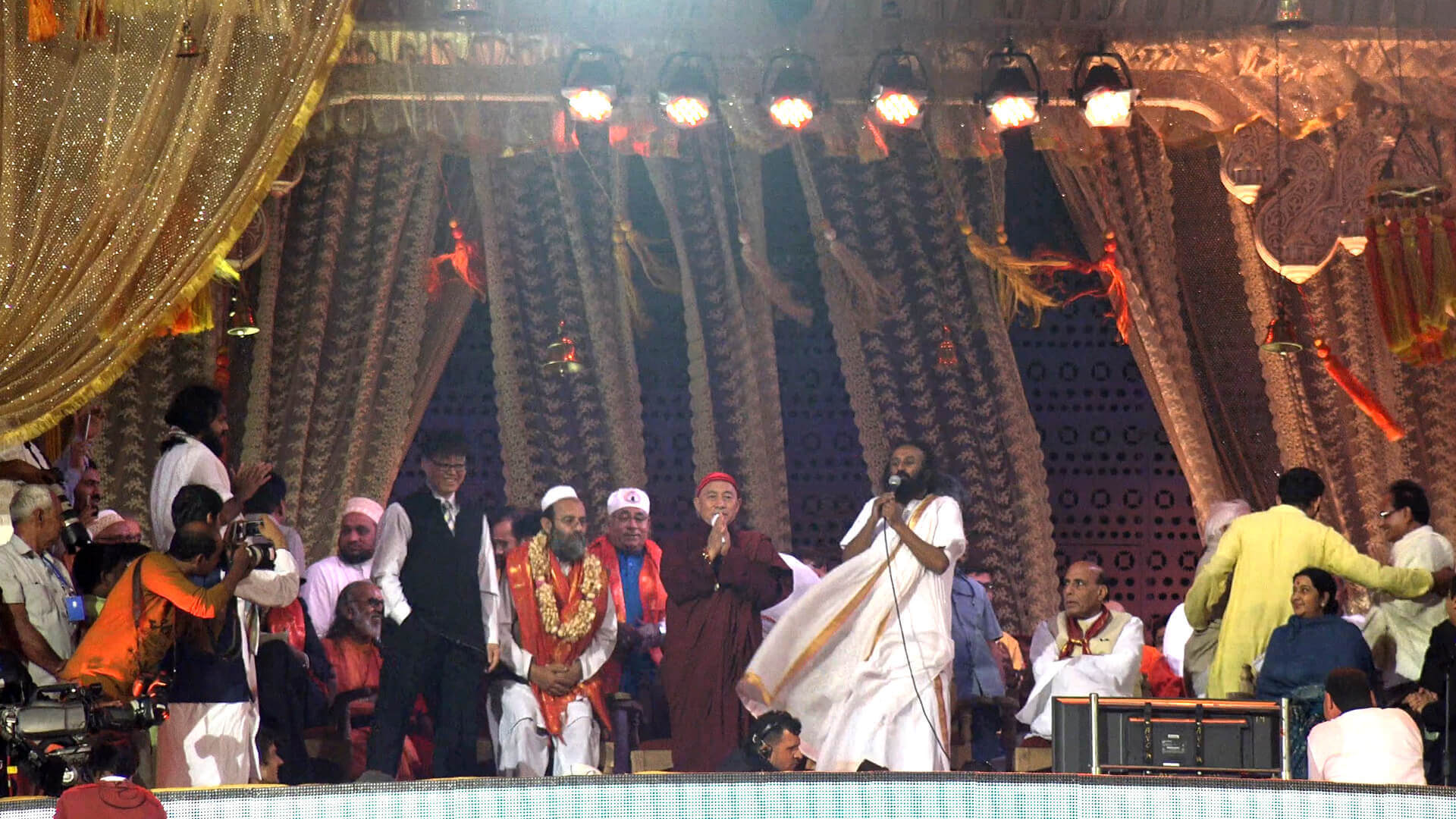
World Culture Festival, India, 2016
With much fanfare, the World Culture Festival (WCF) unfolded on the Yamuna floodplains of New Delhi, India, in 2016. With 3.5 million participants from 127 countries to celebrate world peace, love, and harmony, the WCF was the biggest and most multi-faceted event ever recorded.
Ven. Chan Master Hsin Tao was the only religious representative of Taiwan invited to the WCF. Master Hsin Tao delivered a speech in his capacity as the founder of the Museum of World Religions (MWR) shortly after the Dalai Lama (https://www.artofliving.org/world-culture-festival/wcf-speakers-day-2). The Master shared his rich experience in promoting peace and highlighted his core conviction that ‘when the heart is at peace, the world is at peace’. Master Hsin Tao praised his host, Sri Sri Ravi Shankar, for the organization and staging of the WCF as a platform to spread love and peace, and as a blueprint for the ideal of ‘One World, One Family’.
In his speech, Master Hsin Tao touched on his 1st-hand experience as an orphan in a war-torn Myanmar, which made him realize that the horror of war stems from human restlessness and denial to understand, and that at the cost of great losses for the innocent people. Peace is therefore ever more precious. The Master further cited the future University for Life and Peace under planning for Myanmar to remind the audience that education is the very most important way of nurturing seeds for peace. The peaceful equilibrium afforded by Buddha’s Dharma makes an impeccable starting point, where the ideal of love and peace can take deep rooting from early on. Once the seeds mature, they can spread out in all directions for the world.
The 2016 WCF featured the presentation and performance of a great variety of art forms and artists, some with the longest traditions, while others boast of a wealth of diversities. The organizers planned and held ‘World Leadership Forum’ with the participation of more than two thousand leaders from all walks of life and from 65 countries. And the leaders shared their views on world peace, love, and harmony.
Ethnic Chinese from China, Taiwan, Hong Kong, and Singapore were invited to perform a popular song befittingly titled ‘Tomorrow Will Be Better’. The singing in Mandarin Chinese conveys the longing for world peace, in the hope that the power of living art will impart on all earthlings a sense of beauty, good, and sincerity that is detectable in the selfless interfaith prayers for the humankind.
The biggest-ever World Culture Festival put words in deeds and called the world’s attention to our ecology and to care for those next to us. The WCF shared love and peace by way of knowledge, culture, art, music, and social service. While the impressive scale of the event obviously demanded more respect for Sri Sri Ravi Shankar, and a better understanding of India, we came to appreciate more about Master Hsin Tao, his dedication to interreligious exchange and dialogue, and above all, his ideal of “Loving the Earth, Loving Peace”
